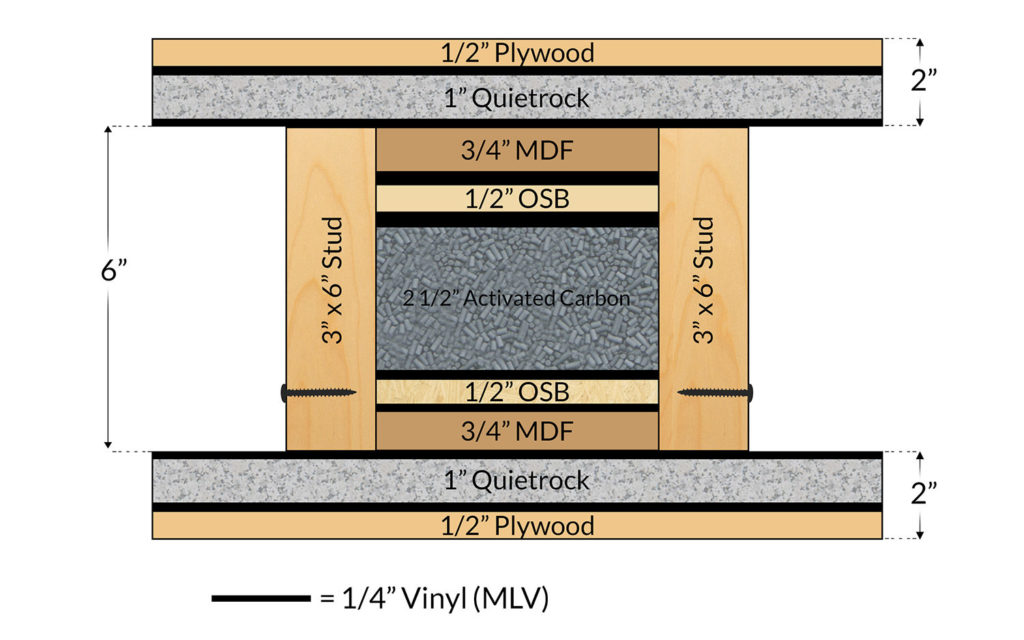
Let’s explore this search term acoustic sealants. If we look at both words separately, they make sense. We can understand the word acoustic and the word sealant. When we combine the two to produce the term acoustic sealants, we add a lot of confusion. What are we sealing from? Is it noise transmission which is defined as noise transmitting from the inside of the room to the outside or the flip side of that is noise coming from some external source into the room. Are we sealing a new wall construction or are we treating an existing wall or surface area with a sealant? Let’s look at a few ideas for the term acoustic sealant. https://en.wikipedia.org/wiki/Sealant
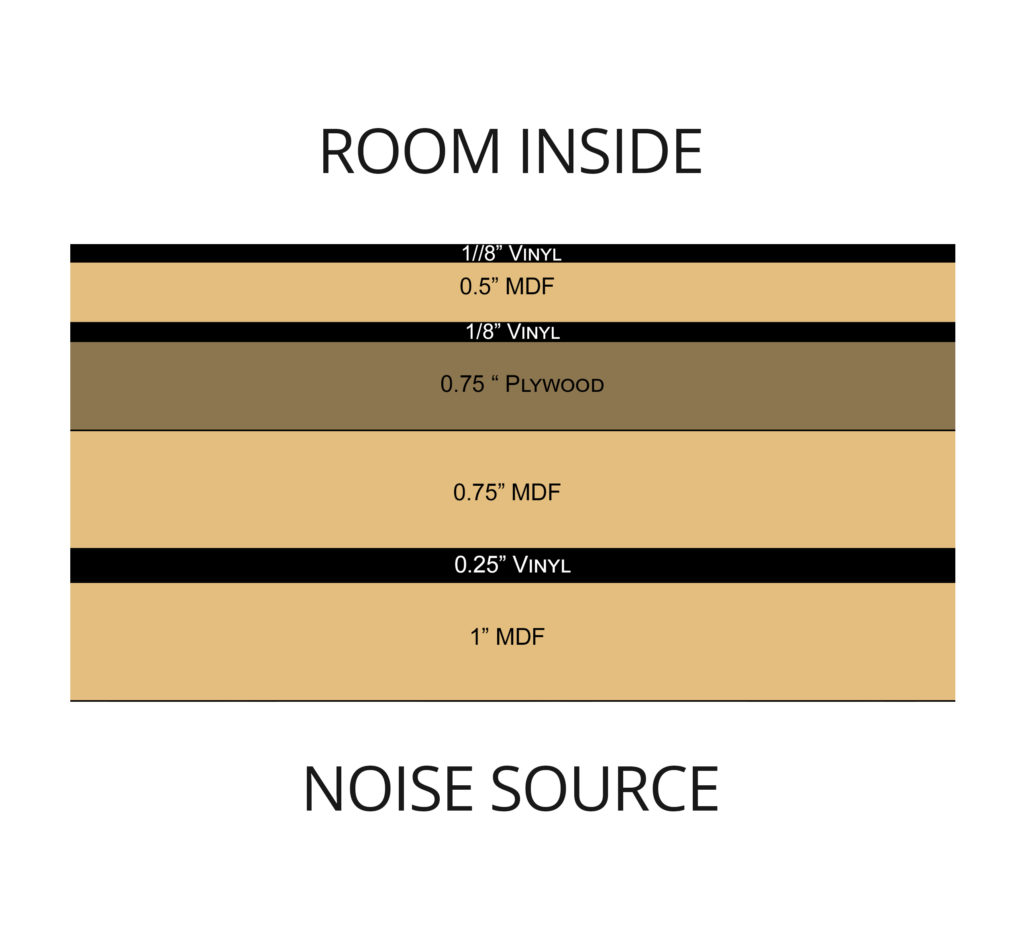
Let’s start with sealing against noise transmission. Noise transmission is a process where airborne energy strikes a wall or surface area and turns into vibrational energy. Once this airborne energy to solid wall contact occurs, we must look at the vibrational signature of the noise, not the airborne energy that produced it. Once airborne energy strikes the walls in our rooms, then walls begin to move. Our goal with any technology we use within the wall is to reduce the vibration transmission through the wall. We want to minimize the vibrational signature and reduce the peaks of energy within the vibrational signature. To accomplish this, we look at a truck who has lost its brakes in going down a large hill in the mountains.
https://encyclopedia2.thefreedictionary.com/Sound+transmission
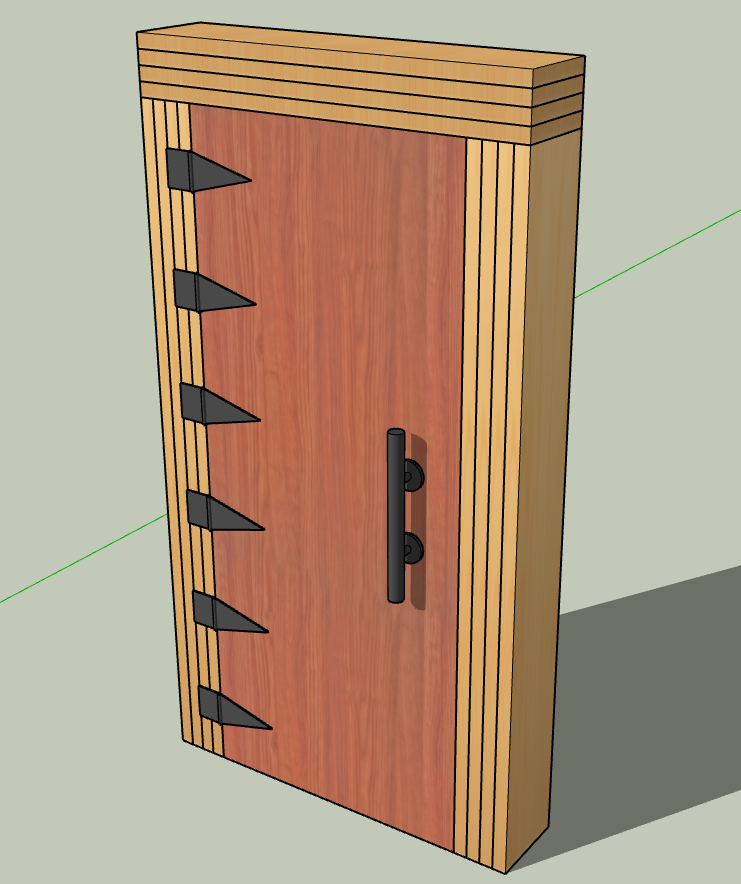
If you look at the exits in this example you will see exits that have 45 degree inclines to them. At the end of the incline, there are usually sand or water bags to further stop the momentum of the truck. The ramp is using gravity to bleed the energy from the truck’s forward momentum. Gravity works for the driver to help slow down his forward momentum. If he has not completely stopped by the end of the ramp, the water and sand will come into play. We do this same thing when we build a barrier to stop noise or vibration transmission. We do not use an exit ramp in acoustics, we use multiple layers of materials with different densities arranged in a specific order or sequence that best deals with the noise transmission.
When you are dealing with noise transmission, you are working to reduce vibrations through the structure. using different layers of materials in your walls with different masses or densities The arrangement of the materials is also critical to reduce the energy transmission. Where would we use acoustic sealants in this scenario? When you think of noise transmission, you must think about building a boat that you will place in the ocean. The boat walls must be strong enough to withstand the impact of the ocean waves. It must also be water tight. There can be no leaks, the smallest leak over time will sink the boat. The boat must be strong and watertight. https://www.loctiteproducts.com/en/know-how/build-things/best-silicone-sealant.html
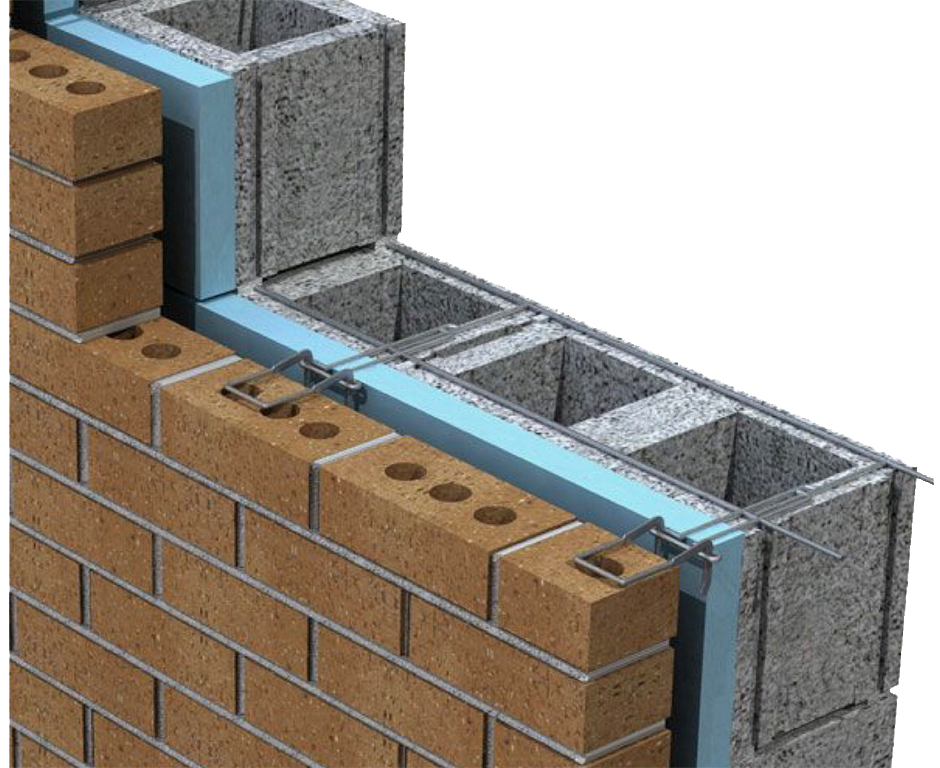
Sound is like water. It will look for the weakest link and go through that small opening. The smallest hole in the best constructed wall will negate the entire wall performance. This is where an acoustic sealant could and should be used. since everything must be airtight or in our boat example water tight. An acoustic sealant should be used on all seams and joints during construction. Be careful using sealants that have the word acoustic associated with them. Companies use this word to get people buying something and spending a lot of extra money since they think the word acoustic is really an acoustic sealant. All you need in any acoustic project is a good quality silicon standard construction silicone caulk. Compare the ingredients on an acoustic sealant and a standard construction silicone caulk. Your room will not notice any difference but your wallet will.
With all noise transmission issues, you must measure the frequency and amplitude of the noise. Every material that is used within your barrier wall is frequency and amplitude dependent. You must know what frequency your noise is at and how strong it is. The materials that you use within the barrier wall must all work together to stop the frequency and amplitude of the noise that is transmitted. You must use the old carpenter adage of measure twice and cut once. With noise and barrier construction, you do not want to spend one dollar more than you have to since it is a permanent build and stays with the structure. To make sure you do not overspend on noise issues, we have a process at Acoustic Fields www.acousticfields.com where we send you apps and you download them on your phone. You take the noise readings and place them in our online data sheet. You send the data sheet to us with your noise numbers and we send you a drawing on what you need to build. https://www.acousticfields.com/sound-barrier-technology/


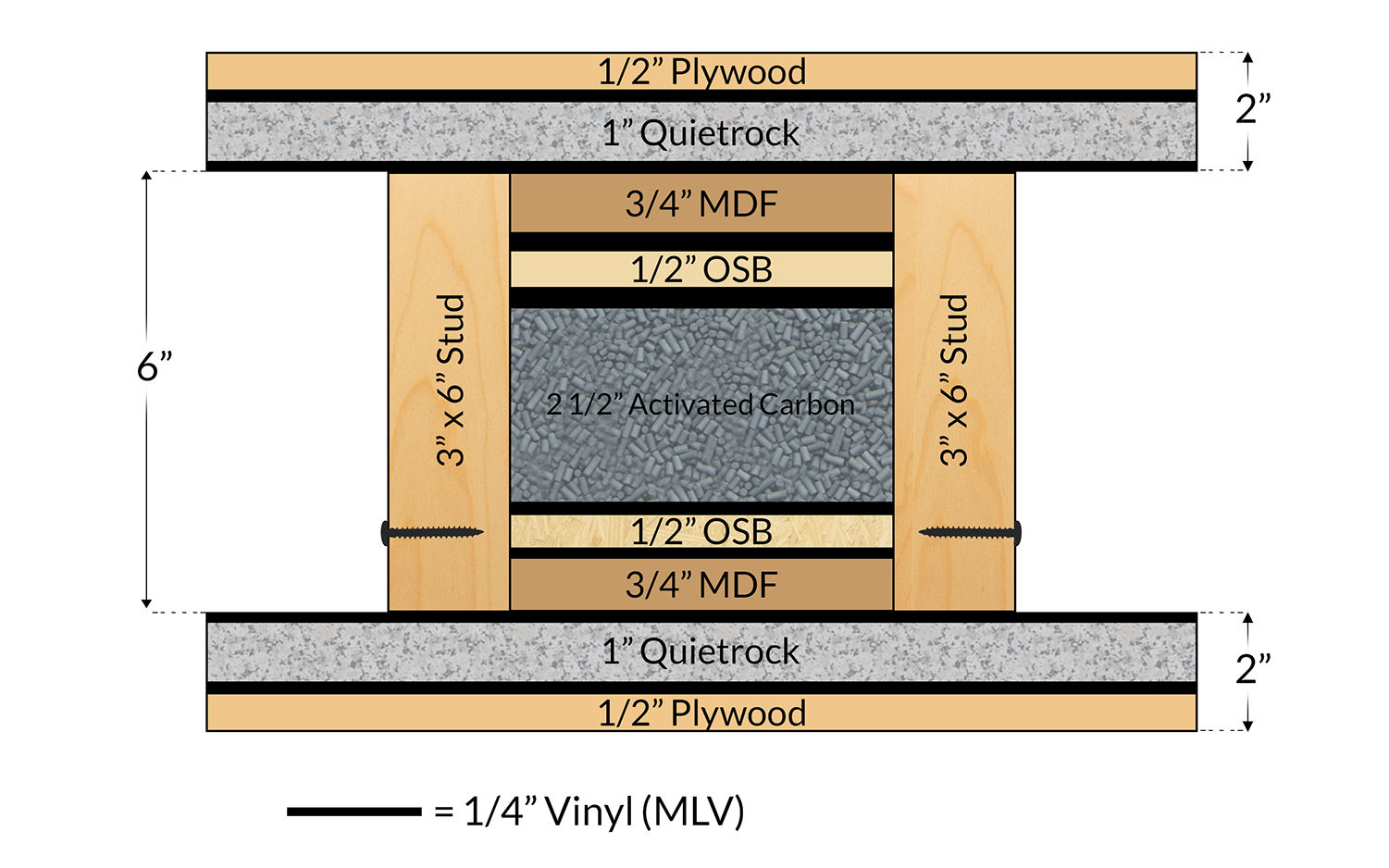





The discussion on ductwork noise transmission from Acoustic Fields highlights crucial aspects of HVAC system acoustics. The movement of air…
Great build plans. thank you Denis
You must use absorption. Never place a chair against a wall.
A friend and I built several diffusors using these plans and they turned out absolutely beautiful. Very good instructions and…